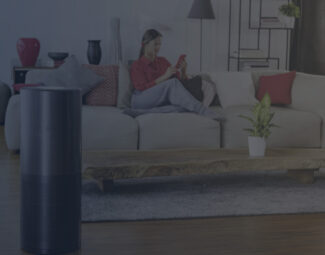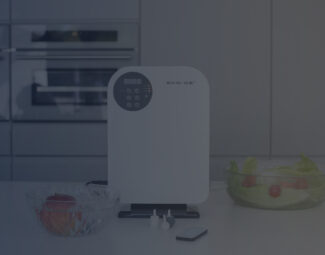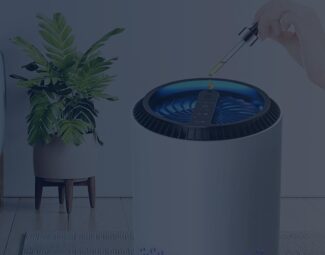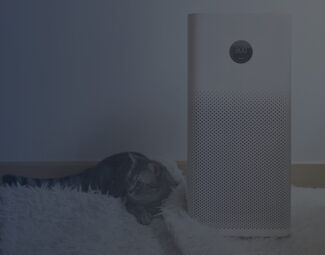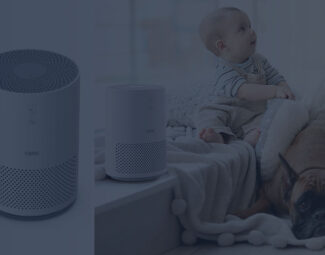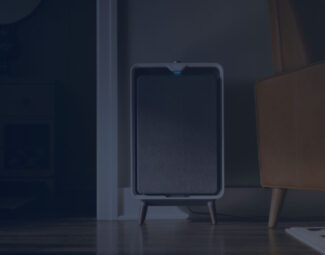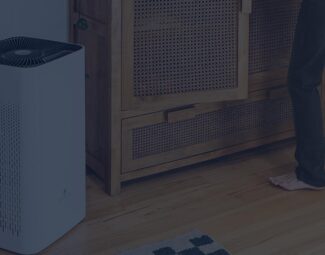H EPA is the standard in air filtering today, so, no matter if we are talking about a basic option, a HyperHepa, or a combination of HEPA with activated carbon and a pre-filter, it will be present in any high-quality air purifier. And there’s no wonder, as it offers excellent filtering rates and can trap particles down to 0.3 or even 0.003 micrometers in a proportion of over 99%.
In broad lines, it is a perfect option for removing dust, but it can be just as efficient against allergens. And, in combination with other filters, it will reduce smoke, odors, and bacteria. The only problem here seems to be the price of the replacement filters. Although we cannot call them expensive, they aren’t cheap either, and the fact that they need to be replenished twice a year or more often is what burdens the user financially.
Nevertheless, some seem to have found a solution by taking filter cleaning on their own. If this is viable or not, we are about to discover in the following paragraphs, and if it is, we will disclose the steps to you, so you can perform this task on your own. So, stay with us to find out the details.
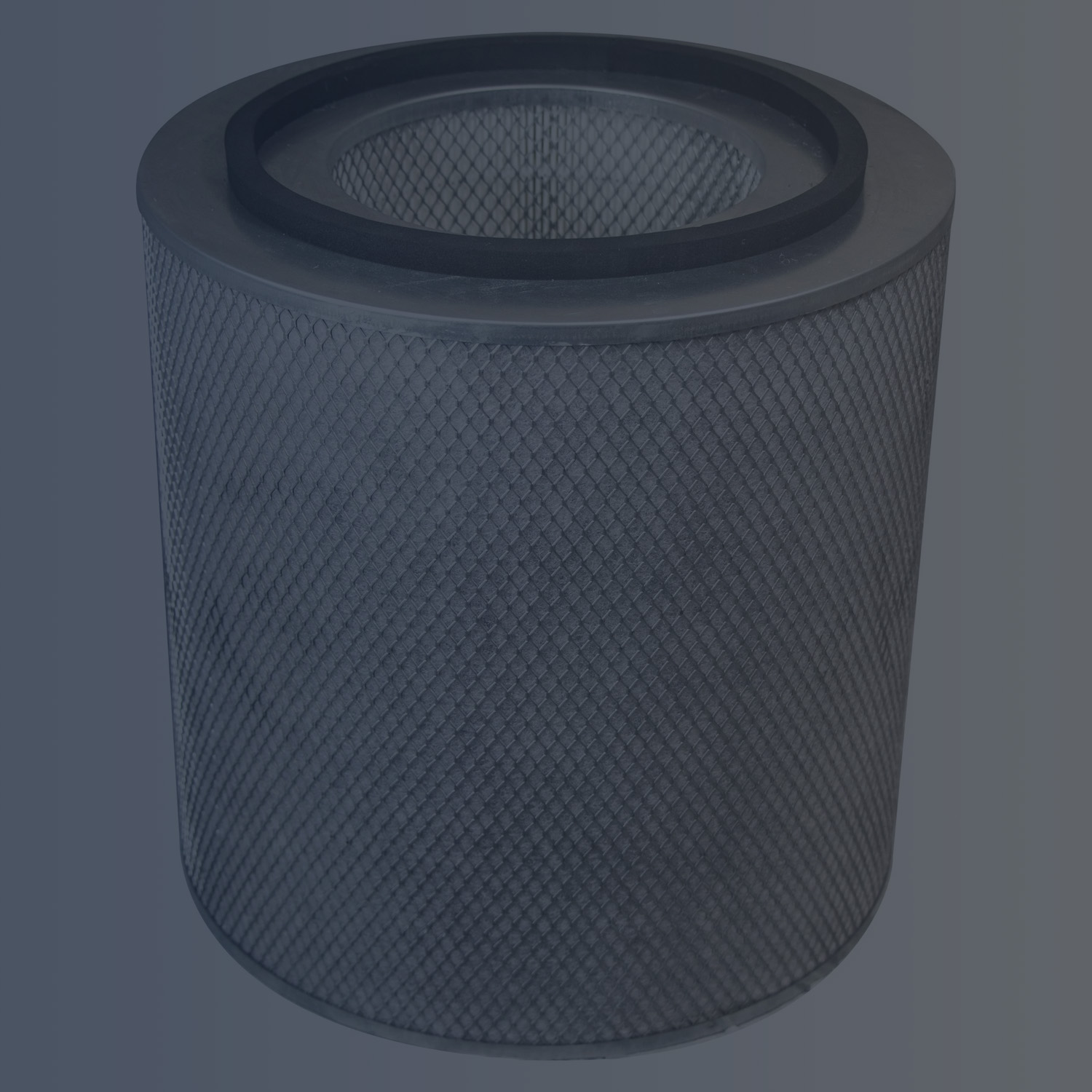
Washable HEPA Filter Is Dirty
Can HEPA Filters Be Cleaned?
Although some users argue that they can be vacuumed or washed, the truth is that only some of them can undergo home cleaning. These models are usually labeled as permanent or washable filters, so before starting a complex cleaning operation that may fill your home with dust, you should check the owner’s manual and make sure your filter isn’t replaceable.
What makes a filter reusable is its ability to maintain the same efficiency after it has been cleaned. Although you can rinse a regular HEPA or vacuum it, the final result will allow you to observe on the spot that it won’t be able to perform properly. The vacuum cleaner will extract the dust along with some of the fibers in the weaving of the filter, so it will create gaps that will allow bigger particles to pass. On the other hand, the water will alter the shape of the fibers. Even with washable/permanent models, you can encounter this problem. In many cases, they require to be handled with attention.
How to Clean Them?
Now that we have established that only certain types of filters can be cleaned at home, we should analyze the methods available to get rid of the dust trapped inside them. Here are the steps for safe cleaning:
- Check the owner’s manual - Here you will find details about the filter like if it is washable, permanent, or replaceable
- Prepare a large disposable bag - You will use it to transport the filter outside of the room without releasing the dirt into the air
- Use gloves and a mask - They will prove useful if you are allergic to dust
- Open the filter compartment - It is usually located at the back of the unit
- Remove the filter and place it in the bag - Try to handle it gently to avoid accidental damage
- If it is washable, transport it to a sink or a source of water - Remove it from the bag and rinse it under cold water. The water should only touch the exterior and not penetrate the fibers. Once it is clean, leave it to dry completely before placing it back inside the unit, otherwise, it can cause the growth of mold. It usually takes around 24 hours until all the water evaporates
- If it is permanent, it needs to be vacuum cleaned - This action needs to be performed gently, so no fibers from the filter are pulled out
- Place the filter back into its compartment - Run the air purifier to collect any dust that managed to find its way back into the air

Woman Holding Clean HEPA Filter
Bottom Line
As shown, some HEPA models can be cleaned at home, and thus the costs of replacing them are reduced, but the truth is that a filter that has been washed or vacuum cleaned will never compete with a fresh HEPA. Therefore, if you can afford two replacements a year, we recommend choosing this option, as it is the only one that guarantees that the filtering process will remain performant and that the air purifier will reach its full potential. Especially if you need to remove bacteria left behind by pets, you should make sure that the fibers in the filter are tight and able to contain microscopic particles.
Besides that, you should think about the disadvantages of cleaning a filter, which are plenty. Filters are messy. All the dust from half of a year is deposited on their surface so the best idea is to place them into a bag and dispose of them quickly. During the cleaning process, accidents can happen, and you risk putting all the allergens back into the air. Not to mention that for washable models, you need to wait an entire day to dry, which means that the air purifier will be off and the air in your room unfiltered. As an alternative, you can find a filterless air purifies that deliver similar results but doesn’t require the work of replacing or cleaning the filter.
All in all, you should go with washable or permanent filters only if you don’t have other options, but for the best results, you should try replacing the HEPA with a new one regularly.


